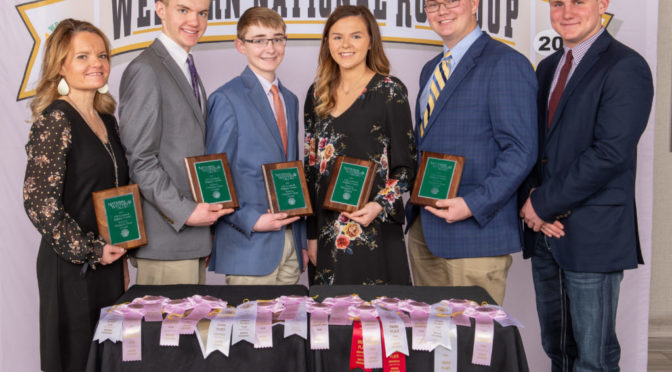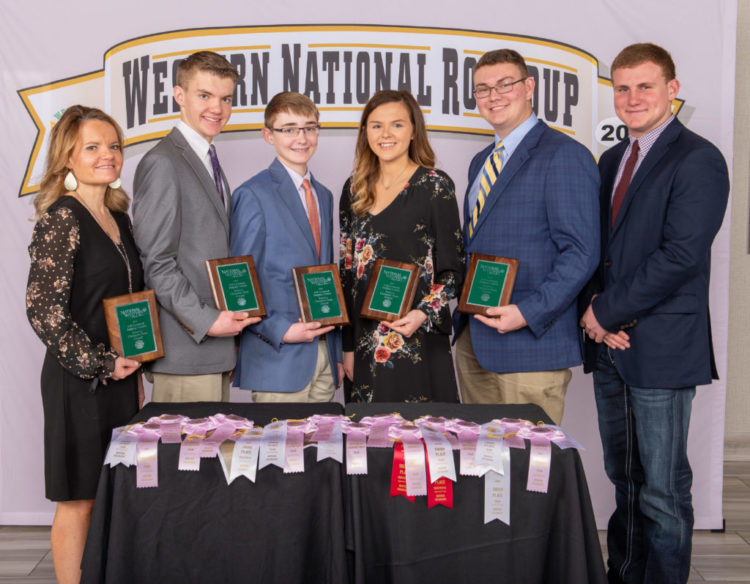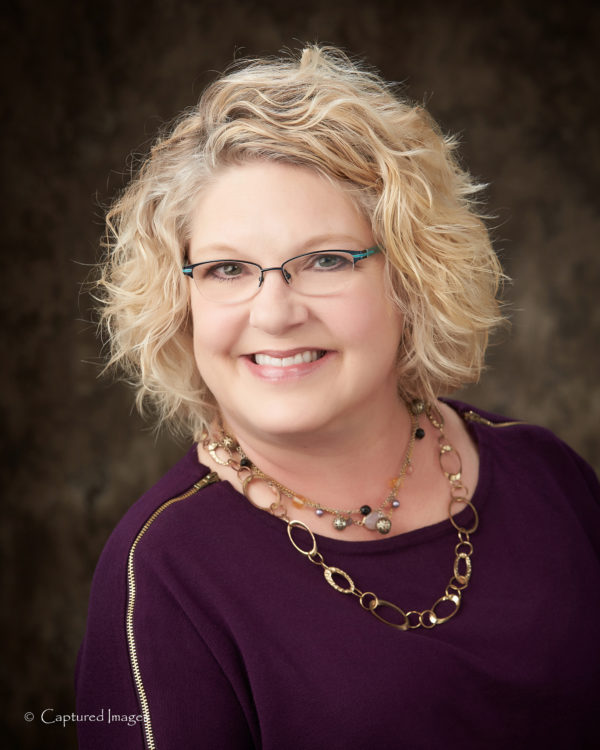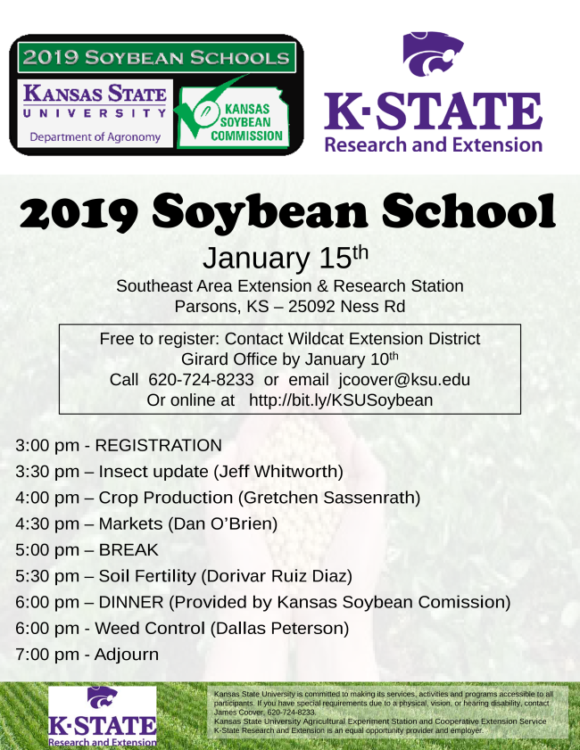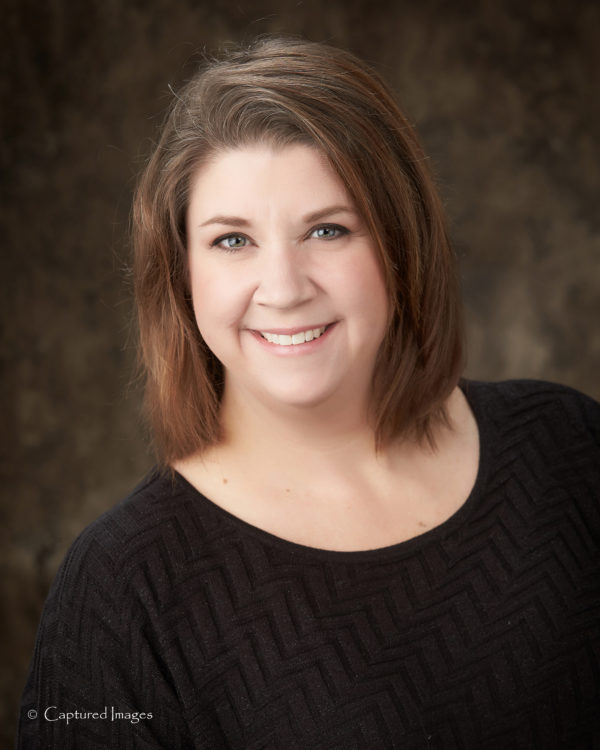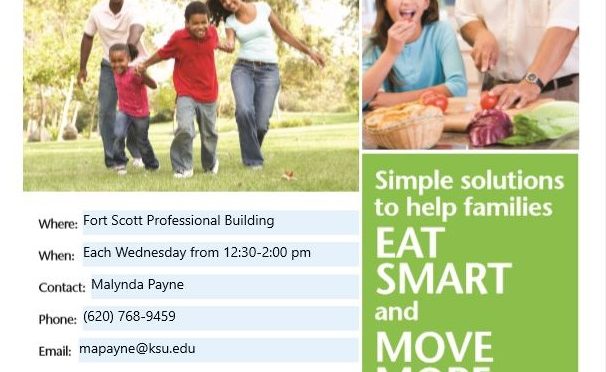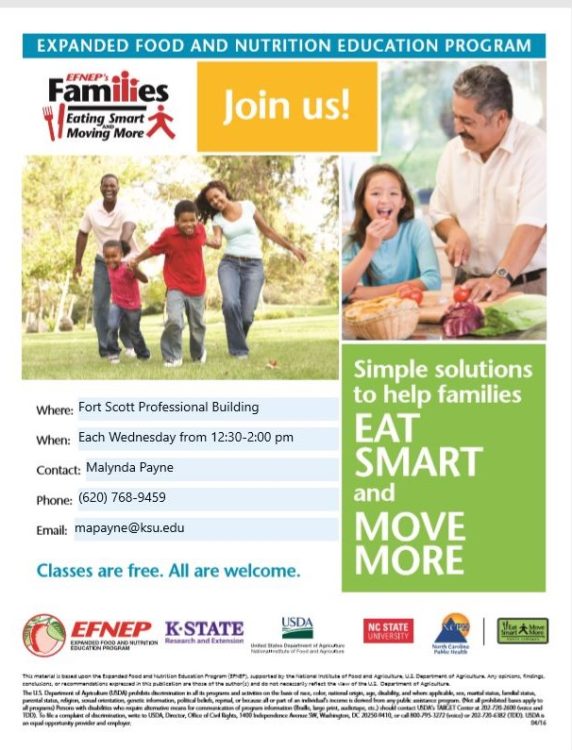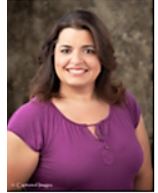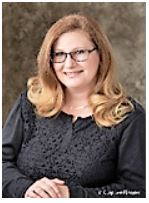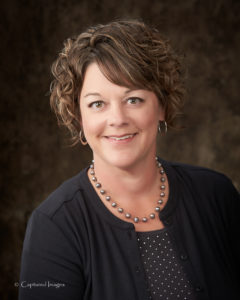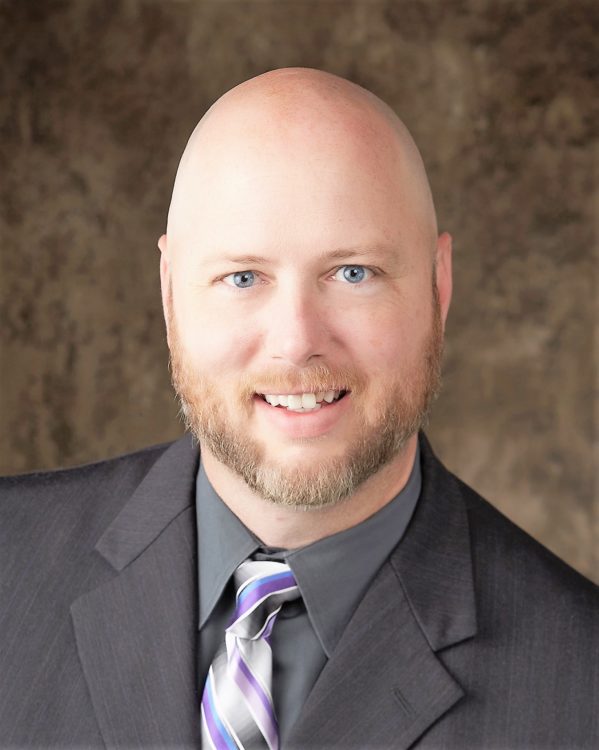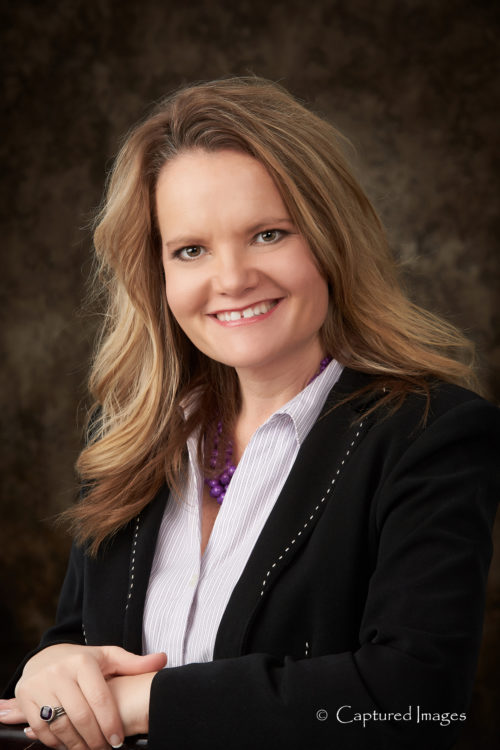
Ask yourself, “What do I think about leadership and myself as a leader?” Each one of us has a wide range of skills, interests and abilities that we use in our daily lives – at home with our family – on the job – and in our communities. As Extension continues to focus on youth and adult leadership, I hope to motivate you to release the leader within and get yourself up and moving to contribute as a leader to your school, church, community or even among your friends.
As you consider your leadership philosophy and style, ask yourself what can I contribute to my organizations and community – either on or off the job? Understanding and supporting the motivation of the individual group member is vital. Your own enthusiasm and commitment are also crucial to success. As someone who attends a great deal of meetings each month, I see a wide range of leadership and experience in serving on local boards. In my observations, the best leaders are not always the most outspoken or aggressive, but often the “thinkers” at the back of the room who wait until the perfect moment to speak their opinions. That is not to say those that speak up are wrong in their ideas, just that we should all be aware of possible leaders at our activities – and not determine leadership by where a person sits in the room.
Citizen leaders are people in the community who are concerned about the quality of life in their community. They assume responsibility for the public good and see a need to act together for the common good of the community. Citizen leaders take ownership of the problems and opportunities that exist in the community and hold themselves accountable for seeing that action is taken. In other words, they don’t want “experts” or politicians to solve the problems for them.
Citizen leaders work with others in the community to identify opportunities or problems. They help others articulate a common purpose and set goals and objectives. They also assume that there are differences in the way people regard the opportunity or problem – such as different values of the people, different experiences, and different viewpoints. Citizen leaders help people connect their differences to the common purpose that brought them together. In other words, the citizen leader helps people see how their differences can be used to solve problems rather than be a point of conflict. In the Southwind District, these citizen leaders are often the most exciting group for us to work with. With a shared passion for the betterment of Allen, Neosho, Bourbon and Woodson Counties, with resources from Kansas State University, the possibilities are truly endless.
When you are thinking about moving into a leadership position, or a more active role as a group member, think about these questions:
- What skills do I have to offer?
- What would I like to learn more about?
- What is it that I don’t like to do?
- What do I want to do, but am hesitant about?
As I observe our rural communities in the Southwind District, I can’t help but see the many opportunities that exist for your leadership. Think about what motivates you, get excited about that motivation and consider the opportunity to step up and serve as a local leader in your own community. I would be interested in your thoughts on leadership, so please email me at [email protected] if you are motivated to consider leadership as an activity and not just a position.


